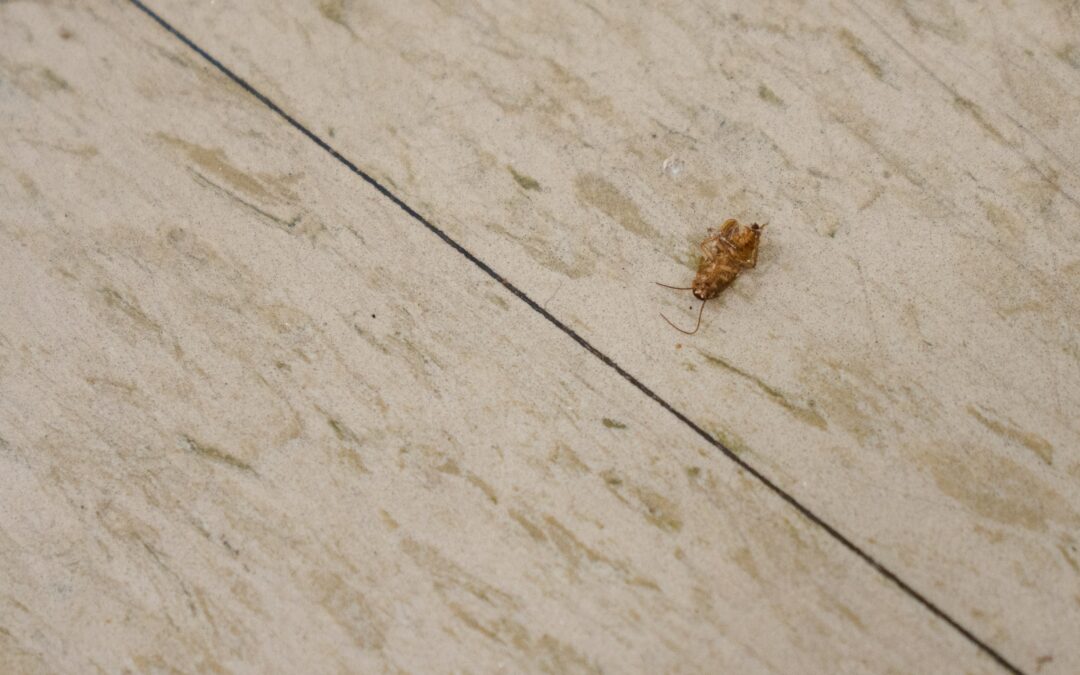While cockroaches will not bite or inflict structural damage within homes, they do produce allergens that sensitize people to asthma, and they carry numerous disease-causing microorganisms due to their habit of readily eating any form of pathogen-rich organic waste they encounter. The forms of organic waste that cockroaches are often found consuming include excrement, garbage, rotting food, dead animals, and decaying plant matter. American cockroaches inhabit sewer systems where they have easy access to an inexhaustible source of food, and Oriental cockroaches are common in yards where they consume dead plant matter and excrement from pests.
More than 4,500 cockroach species have been documented in the world, and most of these species are ecologically beneficial because they recycle organic waste in the natural environment. However, the very few cockroach species that live in close association with humans are problematic because they bring pathogens from organic waste into homes. Since these cockroach pests feed on both organic waste and human foods, any food that has made contact with a cockroach should be considered contaminated and discarded. The World Health Organization and the Food and Drug Administration categorize German, American, Oriental and brown-banded cockroaches as public health threats, and they are capable of spreading bacteria, viruses, fungi and parasites within homes. It is also important to note that cockroaches defecate indiscriminately in homes and on food sources, and they regurgitate pathogen-rich digestive fluids while eating.
When cockroach pests lounge in filthy conditions, bacteria and viruses collect and multiply within the cracks and crevices on their body, particularly in the space between their head and thorax. Pathogens also collect on a series of small hair-like protrusions on cockroach legs, and cockroaches accidentally eat pathogens on their legs while grooming. Once pathogens reach a cockroaches’ stomach, they multiply significantly in number. One study found that the bacteria, Pseudomonas aeruginosa, multiplies many times over in the alimentary canal of the American cockroach. This bacteria causes severe infections of the urinary tract, skin, and respiratory tract. More than 30 pathogens have been found on the cuticle and in the gut of cockroaches, and some of these include E. coli, several species of both Salmonella and Staphylococcus, Pseudomonas aeruginosa and Klebsiella pneumoniae.
Have you ever found cockroaches within your kitchen?

